Table of Content
Develop a customized asset tracking app with location services to manage mobile assets in indoor and outdoor spaces to optimize your business operations.
Many types of assets move around and have different tracking application needs to consider before starting a new project.
Asset tracking systems gather and process sensor data (telemetry data) from IoT devices about physical positions and conditions that need to be processed and supported by a backend system.
IoT developers implement event-driven data processing systems for data sent by IoT device tracking assets. A connectivity protocol transmits data in real time, requiring a solution to support the location queries and enable map visualization of moving assets.
Sensors send continuous telemetry and geographical positioning data, usually by satellite-based or radio network triangulation methods. The location accuracy level varies by the connectivity protocol and use case.
An asset tracking app may have location services functionality for the proximity and positioning of assets. Proximity solutions are about the location and distance between two devices. Positioning systems are for discovering the physical location of assets.
Solutions may be developed for local positioning (inside buildings), outdoor monitoring, indoor navigation, or hybrid positioning systems. These solutions, together with tracking accuracy and privacy needs, projected usage, device costs, and investment in infrastructure, are considered before starting new projects.

Asset Tracking Use Cases
Many positioning and tracking application scenarios with specific requirements and technical challenges rely on hardware (microcontrollers and sensors), processing power, sensing technologies, connectivity, security, accuracy, and power management.
- Indoor warehouses and factories—indoor localization
- Warehouse logistics—tracking and condition of containers and pallets
- Finished goods—cold chain, controlled transportation (temperature, humidity, pressure)
- Outdoor monitoring—fleet management, livestock, farming equipment, container shipping
- Parcel packages tracking—disposable solutions
- Remote healthcare
Types of Sensors in Asset Tracking Use Cases
Many positioning and tracking devices rely on sensors to acquire data and convert it into readable signals. Sensors detect the conditions of goods and events to trigger actions and secure products during storage or transit.
Design and development of asset tracking apps and device networks require expertise in sensors, application firmware, development environments, and supported connectivity standards.
Power management is a critical aspect to consider when designing asset tracking solutions. For example, add functionality or power-saving modes (deep sleep) to extend batteries’ running time.
- Motion sensors—accelerometers, vibration, magnetometers
- Environmental sensors—pressure, temperature, humidity
- Ranging sensors—Time-of-Flight (ToF)—proximity (depth and distance), ambient light sensors
- Microphones (MEMS)—digital and analog
Asset Tracking Connectivity Standards
Asset tracking solutions consider device connectivity range, level of accuracy, power consumption, data payloads (latency), and other factors, relying on specific components, such as microcontrollers, modules, and built-in sensors with the processing capabilities to provide accuracy and indoor sensitivity.
Asset tracking apps communicate with firmware running in a microcontroller to manage specific data about the asset and with the support of connectivity protocols. You can design an asset tracking app with customized configurations and conditions to track positions and locations and trigger specific actions.
IoT developers create connectivity network infrastructure in warehouses, hospitals, airports, and other facilities to ensure location precision of assets, such as indoor satellite infrastructure, beacons, readers, and transmitting information to the cloud.
Choosing the right technology for the use case also requires analysis of the required infrastructure, time-to-first-fix (TTFF), potential failure points, download time, and data bandwidth.
- NFC—readers and sensor tags
- Bluetooth—BLE modules, wireless SoC, network processor
- RFID—RF connectivity—use tags and readers
- Wi-Fi Positioning Service (WPS)—pick up signals from Wi-Fi nodes
- Ultra-Wide Band (UWB) protocols—transmit location and distance data through radio waves
- WPAN—Thread, Zigbee
- GPS—GNSS Positioning—A-GPS
- LBS—signals from cell towers
- Low Power Wide Area Network (LPWAN) protocol—LoRa, NB-IoT, Sigfox (sub-1GHz)
- Cellular Connectivity—SIM and eSIM cards—Modem—LTE-M, 3G, 4G, and 5G
- Bluetooth Mesh
- Bluetooth Beacon—indoor navigation and wayfinding applications
Cloud-Based Asset Management
Asset tracking apps are developed to work with cloud-based asset management systems. Setting up a cloud backend and data warehouse is cost-effective to process event-driven data from asset locations. In addition, cloud-based solutions offer built-in machine learning and analytical tools that speed up processing data in real time and make business decisions.
Cloud-based asset management gives companies flexibility and scalability, with many benefits, such as updating device configurations, running location queries, visualizing assets in maps, and geospatial analytics (geographic data).
Asset tracking apps integrate with the Google Maps platform’s advanced features to dynamically locate and visualize thousands of assets, with location mapping tools to maximize fleet optimization. Google Maps uses geospatial information from cell towers and Wi-Fi nodes without needing GPS.
Learn more about building customized maps with Google Maps Platform SDKs & APIs.
Asset Tracking Dashboard
Create a dashboard to support your asset tracking app and offer users insights on location, status, utilization, and usage information. Group and filter by type and create reports to improve inventory and utilization control, maintenance, etc.

Krasamo Asset Tracking Offering
Develop professional asset tracking and positioning solutions with a team of IoT development professionals located in Krasamo’s headquarter offices in Plano, Texas.
- Mobile app development
- Firmware development and cloud connectivity
- Asset management platforms (Create a dashboard to visualize position, sensors, and events for monitoring your assets.)
- AI at the edge
- Create APIs and open protocols
- Build Bluetooth Low Energy Networks
- Cloud-based Asset Management
Ready to talk? Contact Krasamo today.
Industry Leaders Are Moving Forward with Krasamo





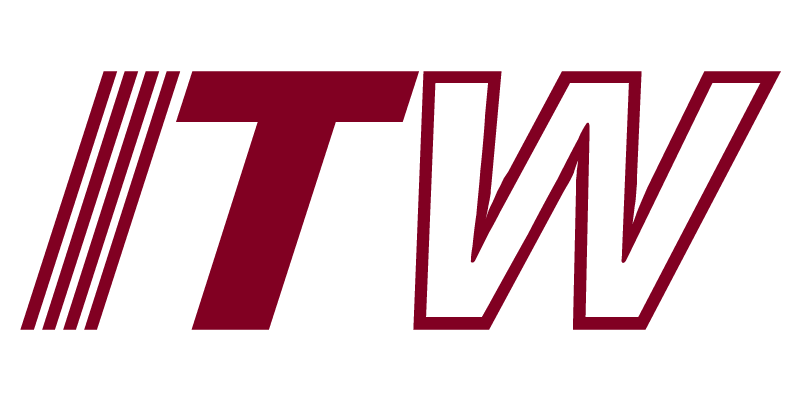
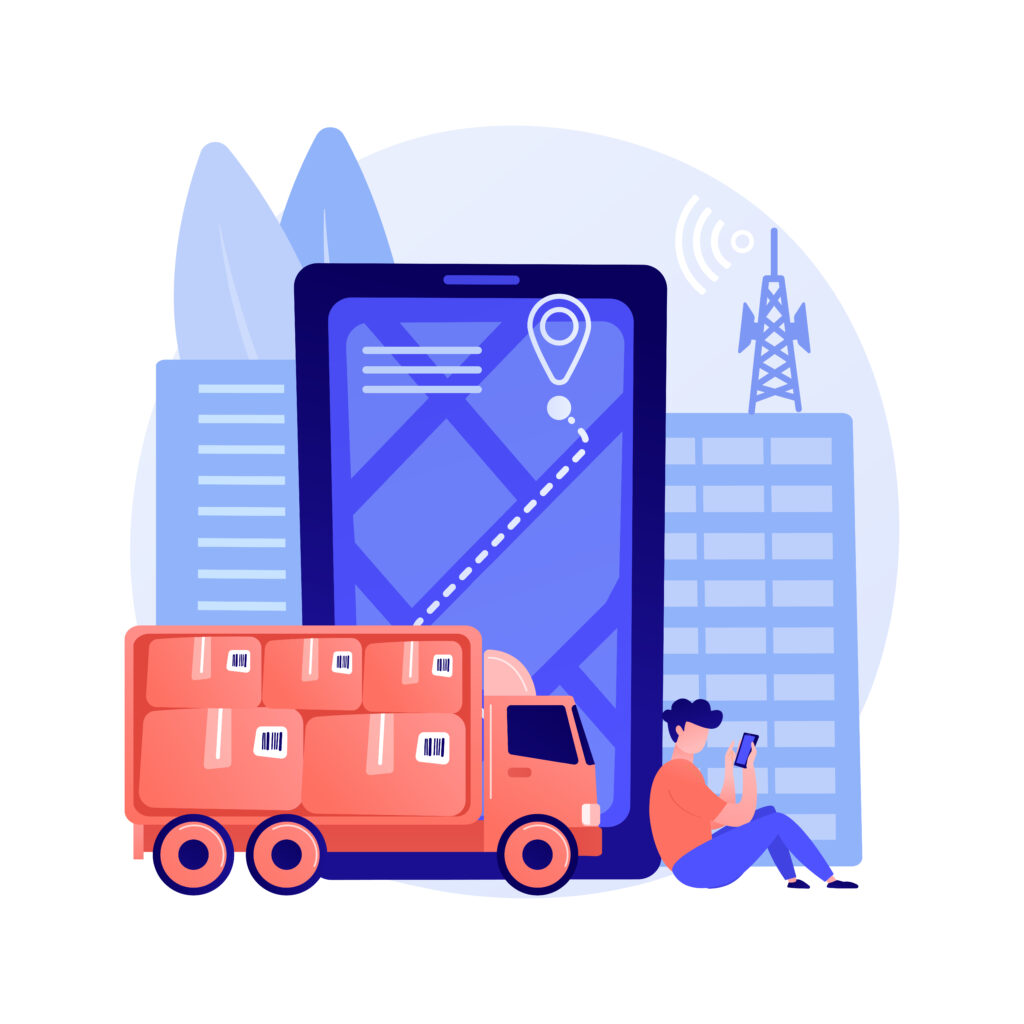




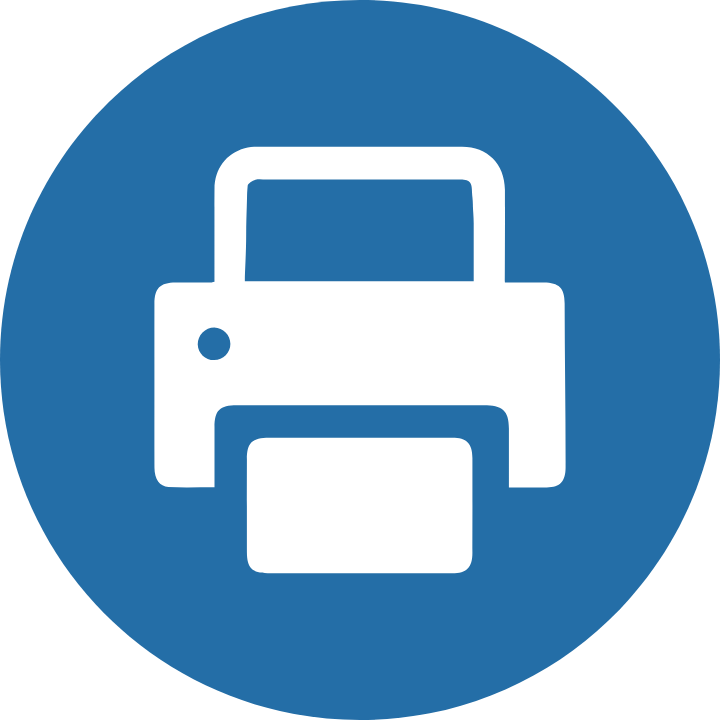


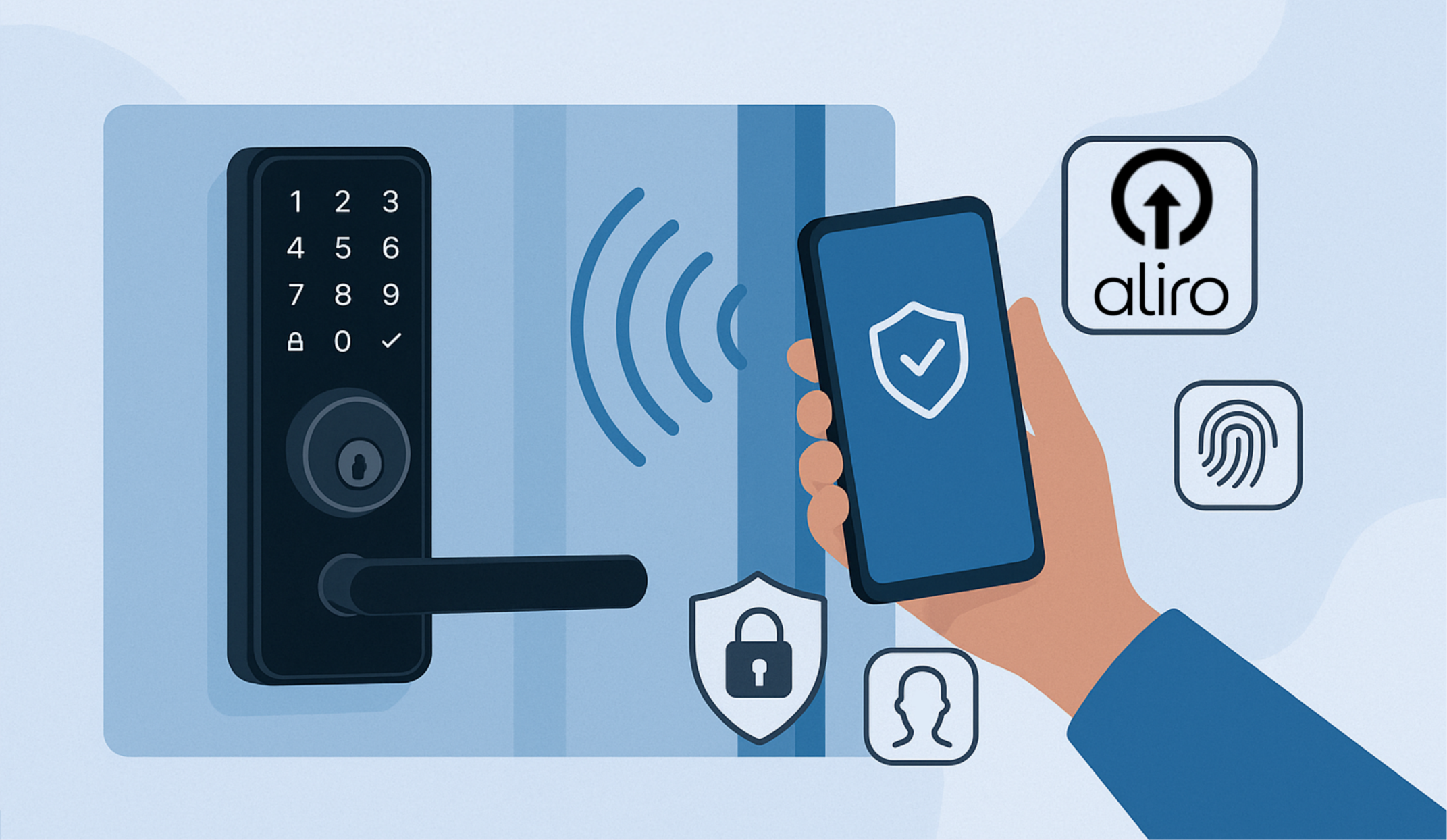

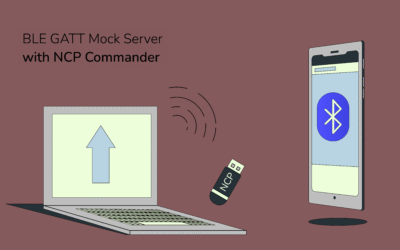
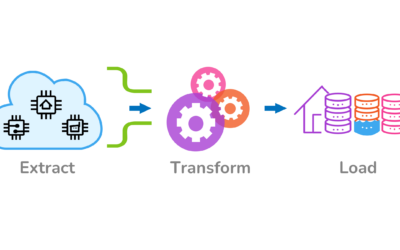
Congrats on the super original blog post about optimizing business operations with an asset tracking app… said no one ever . Seriously though, it’s great that you’re touting the benefits of cloud-based asset management software and asset tracking systems. Too bad you didn’t dive into the nuances of equipment tracking or how to integrate with asset management software. Kudos for the basic mention of machine learning in asset tracking software, though!
Hey there! Just wanted to say great post! I’ve been workin’ with IoT for a bit now, and I gotta agree that cloud-based asset management is the way to go! It’s awesome how asset tracking apps can integrate with Google Maps platform to track equipment in real-time. We’ve implemented an asset tracking system at my company using mobile asset tracking software, which has totally streamlined our inventory tracking and reduced costs. Thanks for breakin’ it down so clearly!
I’d like to see more info on implementing mobile asset tracking with specific equipment tracking features in the asset management software! 🤔💻
I’d suggest incorporating asset tracking tags with low power consumption to optimize the asset tracking system’s efficiency. A well-designed mobile asset tracking app can also provide equipment tracking capabilities, streamlining operations.
I gotta agree with the author on asset tracking system requirements. Our company uses an asset tracking mobile app that integrates with inventory tracking software to monitor equipment tracking in real-time. It’s a game-changer for our warehouse logistics! 📈💻
Love the breakdown of asset tracking protocols! Made me think of implementing a custom mobile app 📱 for equipment tracking using asset tracking tags.
What’s up with all these fancy asset tracking apps? Can we talk about the actual cost-benefit of implementing a cloud-based asset management system for equipment tracking vs just using a basic mobile asset tracking app? Anybody else got thoughts on this?
Listen up, kid! I’ve been workin’ with IoT for years and I gotta say, this blog post is a decent intro to the topic. But let me tell you, as an internet of things consulting expert, I know what it takes to implement a real asset tracking app. I once worked with a company that used UWB protocols to track their inventory, but the results were mediocre at best. We upgraded to LPWAN and cellular connectivity, and suddenly we had actionable data! Now those IoT consulting companies are eatin’ outta my hands.
I’m low-key confused about the inclusion of cellular connectivity in this asset tracking app. shouldn’t we be focusing on more efficient protocols like LPWAN or even UWB? i’ve been working with a few clients on internet of things consulting projects, and most of them are moving towards asset tracking tags that utilize these newer technologies. as an IoT consultant myself, i think the author missed the mark by not exploring the potential of low power wide area network protocols in this context! 🤔
I’m curious, have you explored implementing edge computing in conjunction with cloud-based asset management for real-time processing of sensor data? How does that integrate with your asset tracking app concept?
I’m super curious about implementing edge computing in conjunction with cloud-based asset management for real-time processing of sensor data. Has anyone explored this combo in the context of their asset tracking app concept? Maybe you’ve got some experience or insights on leveraging internet of things consulting to optimize business operations?
I can attest that our company’s IoT consulting services have implemented numerous successful cloud-based asset management systems
I thoroughly enjoyed this comprehensive overview of the various technologies employed in asset tracking solutions. The inclusion of examples such as NFC readers, BLE modules, and UWB protocols highlights the versatility of these systems. It’s reassuring to see that even simple yet effective methods like asset tracking tags can greatly benefit business operations when implemented thoughtfully.